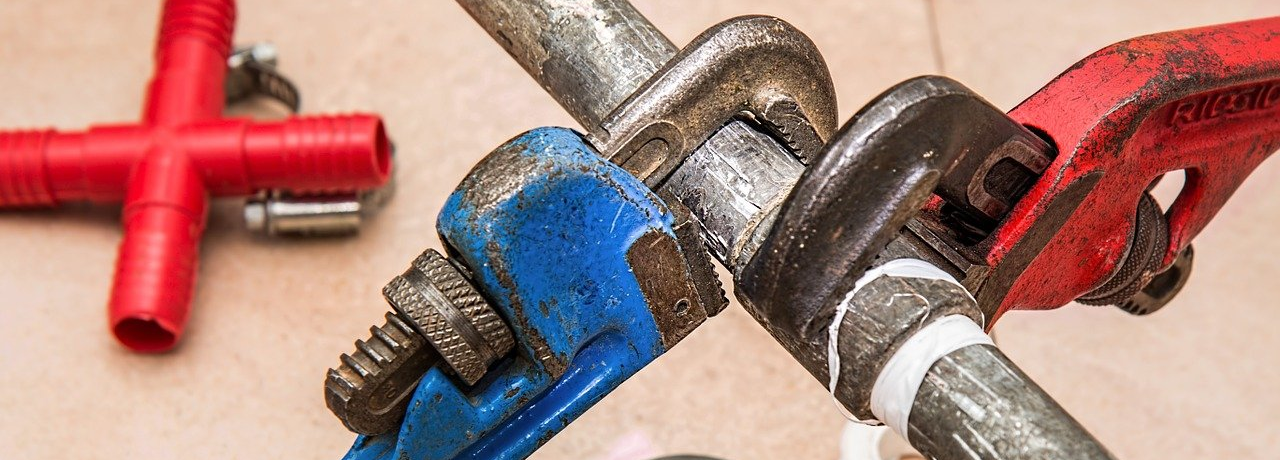24/7 Emergency Service
Call Us (208) 812-9829
How Can Fire-Damaged Concrete Be Repaired?
Ryker Bingham | Aug 31, 2021

Fire damage is no joke! A house fire generates immense levels of heat; Fire Fighter Insider reports that the temperatures can reach 1500 degrees! This is enough to damage all of the components of a house, including the concrete. Repairing fire damage is a multi-step process, and repairing concrete is no exception.
Whether or not concrete structures can be repaired depends on a number of factors, including:
- Assessing The Extent of The Damage
- Making The Area Safe
- Replacing Damaged Concrete
- Replacing Hardware and Plumbing
- Addressing Surface-Level Fire Damage
It's a big job, but not something that's completely out of the question. Read on to find out more!
Assess The Damage
The process for repairing any home damaged by fire tends to be quite lengthy, depending on the extent of the damage. You might be surprised to know that certain materials are only resistant to fire up to a point, concrete being a prime example.
In the majority of states, many homes have a concrete foundation and may have concrete in the walls, the basement, or other areas. Concrete may seem fire-resistant, and it is, but when there are high enough temperatures, it can be compromised.
Fire EMS explains that heating causes concrete to expand, and when it is cooled rapidly by a firefighting hose, it shrinks rapidly, causing the concrete to break away. The high temperatures can also effectively melt any steel rebar that is supporting the concrete.
Additional Note: When it comes to fire damage, there are tons of exceptions. For instance, living in a state such as Idaho, 90% of the homes there are built on crawlspace foundations. Smoke and soot damage will travel to the crawlspace and depending on the degree of charcoaling on the framing, the flooring may or may not need to be removed or replaced.

Make The Area Safe
Safety is going to be the top priority during the entire restoration process. Expect not to be able to return to your home until a thorough inspection has been conducted and your home is determined to be safe to reoccupy. If there is concrete damage, however, it could take some time to make the area safe enough to enter.
Replace Damaged Concrete
In general, if the concrete has been damaged due to rapid expansion and/or rapid shrinking, it is not going to be suitable for re-use. If it is going to be reused, it would need to go through two tests to ensure that it's still strong enough to support a building.
In addition, testing of the soil might be necessary to see if any chemicals from the burned and soaked concrete leached into the ground. This testing tends to be quite expensive and is probably not worth the cost, especially considering that there's a good chance the concrete will not be able to be reused.
In most cases, the concrete will need to be replaced. Thankfully, you wouldn't have to worry about doing this yourself as it's part of the restoration process. A company that specializes in this type of damage would walk you through any type of demolition, depending on where the concrete is, if it is in a load-bearing wall or foundation, and so on.

Replace Hardware and Plumbing
Within the concrete of a foundation or flooring might be plumbing pipes and various hardware (such as straps connecting the walls to the roof or foundation, for example). If the fire was hot enough to damage the concrete, it is likely that it also damaged these other structures as well. As such, you may be looking at having to replace plumbing, hardware and, if necessary, electrical lines.
Again, do not attempt to make the repairs yourself. This is beyond the scope of a typical home improvement project!
Address Surface-Level Fire Damage
Finally, the fire damage that is most visible will need to be addressed. This would include sheetrock, carpeting, wood beams, and various other parts of the structure. Remember, the heat would have to be very high to damage the concrete parts of your home; in this case, it is very likely that many of the other structures would also have been damaged beyond repair. Soot and smoke damage would also be assessed at this time.
Conclusion
Fire damage, in general, is not only dangerous but also life-altering. If you've experienced even the smallest fire, then you understand how hard it is to pick up the pieces and start over. If your home contains any type of concrete material and it does get damaged by fire, there is no guarantee that it can be salvaged. Sometimes it's best to start from scratch. It all depends on the condition of your home.
Sources
Copyright © 2024 Standard Restoration. All Rights Reserved. Website & Marketing by Local Visibility